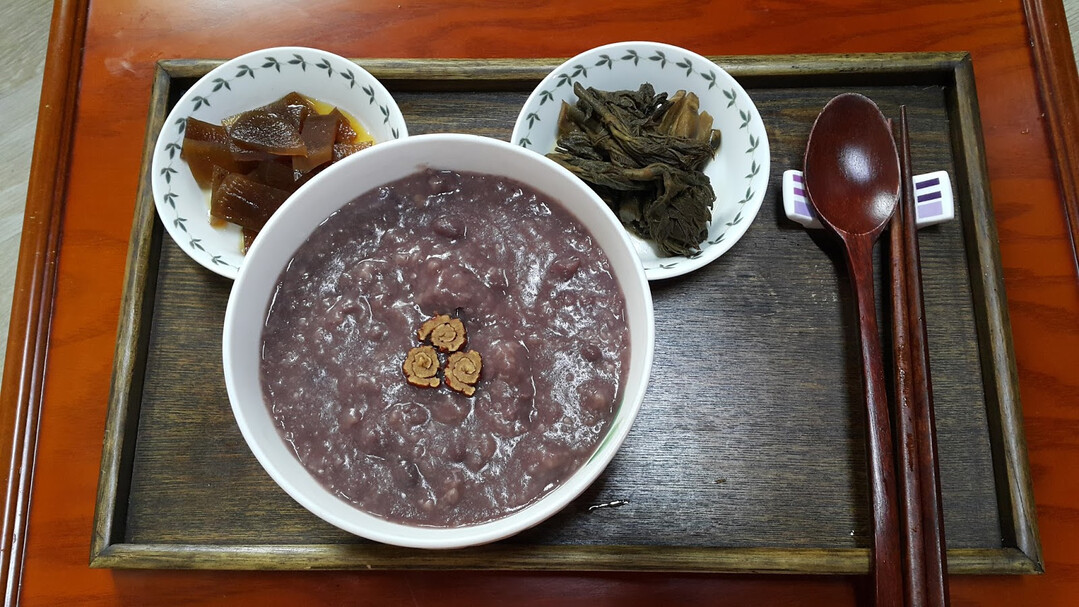
Seoul, South Korea – The winter solstice, the longest night of the year, is a time for traditions and customs around the world. In Korea, one such tradition is the consumption of red bean porridge, or patjuk. But why red beans, and why on this particular day?
The roots of this custom can be traced back centuries. According to the Joseon Wangjo Sillok (Annals of the Joseon Dynasty), the practice was initially adopted as a preventive measure against infectious diseases. The annals record a treatment method involving soaking red beans in a new cloth bag and placing it in a well. After three days, the beans would be retrieved and distributed among family members.
Later, folklore emerged involving a mythical figure named Gonggong, who was said to have a son who turned into an evil spirit that caused plagues. As Gonggong’s son had disliked red beans, people began to eat red bean porridge to ward off this evil spirit.
Confucian scholar Yi I, in his Seongho Jeonjip (Collected Works of Seongho), also mentioned the custom, describing how people would offer red bean porridge to their ancestors and smear it on their doors to ward off evil spirits.
The Science Behind the Tradition
The red bean, or pat, is believed to possess unique properties that make it a suitable food for the winter solstice. Harvested in the late autumn, the bean is said to draw in the warmth of the sun, helping to counteract the cold of winter. Traditional Korean medicine emphasized the importance of maintaining a warm body to ward off illness, and the red bean, with its warm properties, was seen as a way to boost the body's yang energy.
Modern science offers some support for these ancient beliefs. Studies have shown that maintaining a stable body temperature is crucial for immune function. When our body temperature drops, our immune system becomes less effective at fighting off pathogens. The warm, nourishing properties of red bean porridge may have helped our ancestors stay healthier during the cold winter months.
Beyond its warming properties, red beans are also known for their diuretic effects, which can help reduce swelling. In fact, the Joseon Dynasty's King Sukjong was said to have used red beans as a treatment for edema.
A Symbol of Hope and Renewal
The custom of eating red bean porridge on the winter solstice is more than just a culinary tradition. It is a deeply rooted belief in the power of food to heal and protect. By consuming red bean porridge, Koreans were not only nourishing their bodies but also expressing their hope for a healthy and prosperous new year.
The act of smearing red bean paste on doors and offering it to ancestors was symbolic of warding off evil spirits and seeking blessings for the coming year. It was a way of connecting with the past and looking forward to the future.
[Copyright (c) Global Economic Times. All Rights Reserved.]






























